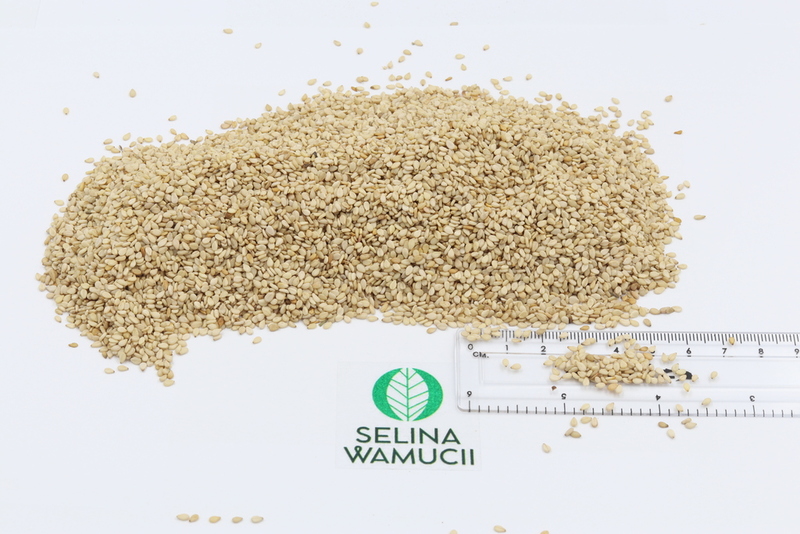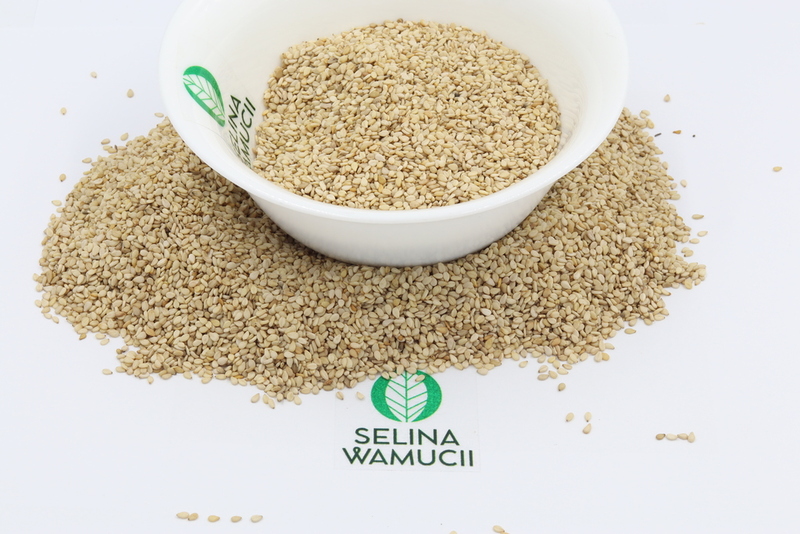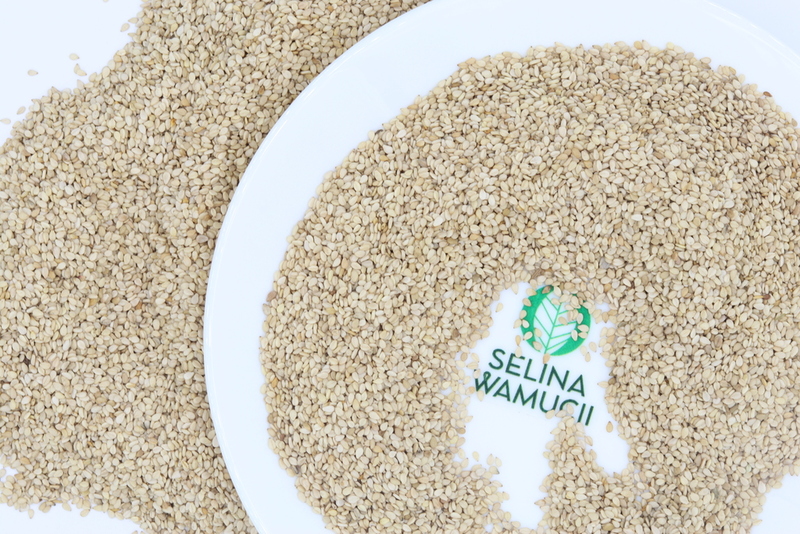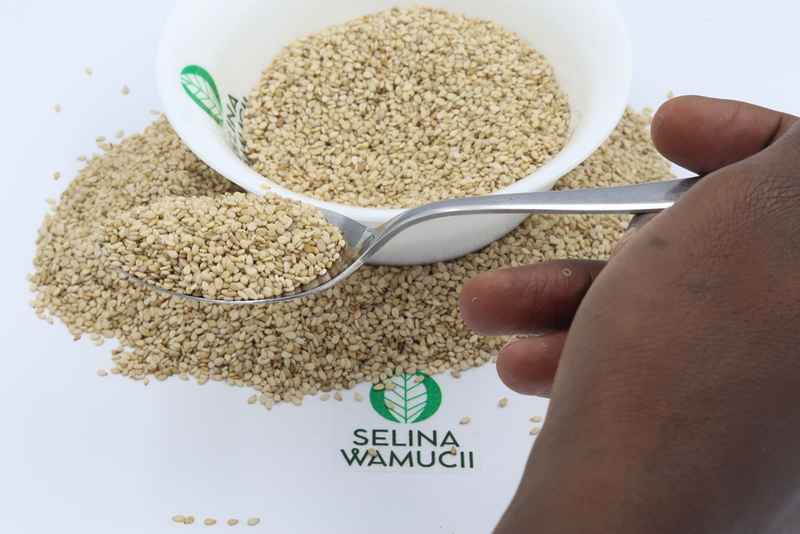Buy Mozambique Sesame Directly From Exporters & Suppliers - Best of 2024 Market Prices
Get Instant QuoteMozambique avails high-quality Mozambique sesame for local and international consumption. Sesame serves as an essential oilseed for the nation. It is primarily exported in whole, raw form.
Overview
Continentally, Mozambique is popular for producing top quality sesame seeds. Figures in 2017 indicate Mozambique exported over 60 thousand tons of sesame seeds worth $50.3 million.
A big chunk of the total national export was sourced from family growers around the nation. They own tracks of land less than two hectares. Most of those exports were directed to Asia and Europe. Nonetheless, exports to Netherlands, Japan and China have increased in the past one year. The three countries said to be taking over as the top destinations for Mozambique sesame.
Sesame production in Mozambique is projected to increase. The sector has barely been in place for more than a decade and considering the tremendous progress that has been recorded so far, there is hope the country can do much more. Already, the governments in coordination with private players are laying down measures and policies that will enhance sesame seeds production. Inducing of improved cultivars at affordable rates has ensured family growers who produce the lion’s share of the commodity has seen yields increase.
It is not yet clear where sesame seeds originated. Some people point it origin to India while some say its history dates back to Sub Saharan Africa. Specifically, it’s cultivation is said to have begun in Ethiopia before spreading to other parts of Africa. Tanzania and the Horn of Africa are the biggest Sesame producing countries in the continent. In Mozambique it is grown for its seeds and oil.
Production Centers
Production of Sesame in Mozambique mainly takes place in Monapo and Meconta districts. The sources are located in Nacala Corridor. The growers in this region who are approximately over 2,000 farmers sesame as the only crop in their fields while others cultivate it alongside other plants. More farmers are embracing drought and pest-resistant varieties to boost sesame production . Nampula province is also a major source of Mozambique sesame.
Forms of Exported Seeds
Export of Mozambique sesame while raw is the most prevalent. However, the pulse is still availed in two forms:
• Not broken seeds- Contain clean, whole seeds.
• Broken seeds- They are split seeds but still whole in content.
Sesame Varieties and growing conditions
Mozambique sesame comes in distinct varieties. There are over 20 cultivars of Mozambique sesame. They range from modern breeds to the indigenous ones which are the majority.
Sesame is characterized by black, brown, ashen or white-colored seed coats which vary depending on the variety. The plant grows five feet tall and its pods that measure 2-5 centimetres contain up to 100 seeds each. Mozambique Sesame is suited to yearly rainfall ranging between 600 mm-100 mm. It has a strong, nutty taste.
On the other hand it requires well drained soils to thrive. This because its roots rot in water logged conditions.
Seasonality and benefits
Mozambique sesame takes 90-105 days to reach maturity. The maturity period depends on the growing conditions with sesame grown under irrigation taking longer. Sesame grown under rain matures at a faster rate.
The oil producing nature of sesame seeds make them an important raw material in cooking oil manufacturing industries. They also used to make poultry feeds. Other than serving as raw materials in various manufacturing industries they are used for culinary purposes for varying cuisines whereby they serve as flavoring agent.
Its preventive and curative components have ensured it is used for medicinal purposes by the locals for ages. Sesame contains essential nutrients including flavonoid phenolic anti-oxidants, dietary fibers that aids in digestion and are capable of preventing and treating cancer.
They also contain vitamins that are good for the hair and skin.
Harvesting & Cleaning
Harvesting of sesame seeds commences in the early morning hours. At this stage the pods color turns from green to brown.
Growers cut the plants at the base then transfer the pods to the threshing points using baskets. The separation of the seeds from the pods takes place via two processes. One, which involves rolling pins over multiple tarps with seeds. The second using mechanical threshing method.
They are pushed over to the cleaning tank. Sesame seeds are then collected in broken or unbroken form. It depends on the form that is required.
Soft brushes are also used further to get rid of any deep-seated dirt.
Processing Sesame Oil
In some instances Mozambique also exports sesame oil. After thoroughly washing the seeds again what follows is roasting. They are roasted at mild temperatures. This helps bring down moisture levels and maintain them at 12 percent.
After roasting the seeds in that natural nutty smell, they are then taken through cold-pressing. The seeds are ground into solid particles before being taken under a rolling device. The rolling device crushes the seeds kernels while also it leads to oil dripping from the cakes. The exercise is conducted repetitively until the pale yellow or brown liquid is ready for collecting which is at times filtered to purify it.
Packing & Export
Mozambique sesame is channeled into the export market in packed forms that entail either the raw broken or unbroken seeds. They are usually in gunny bags. Sesame oil is packed in PET or tin bottles or even cantor containers. They are presented in basic packaging units of 250 ml, one or two litres.
Shipping is done by air from Maputo International airport.
Summation
Mozambique sesame is of unquestionable quality. The observation of Global Good Agricultural Practices (GAP) – guidelines to the latter by all Mozambique sesame growers ensures that sesame availed to the local and external market is of the stipulated standards.
Get Instant Quote
Are you a producer of Mozambique Sesame or other products?
Sign up today for FREE to buy or sell Mozambique Sesame.





